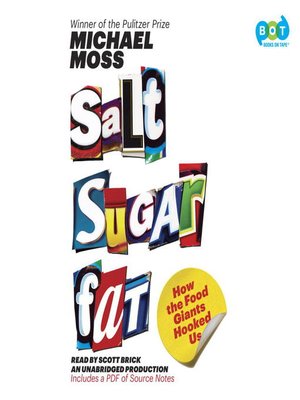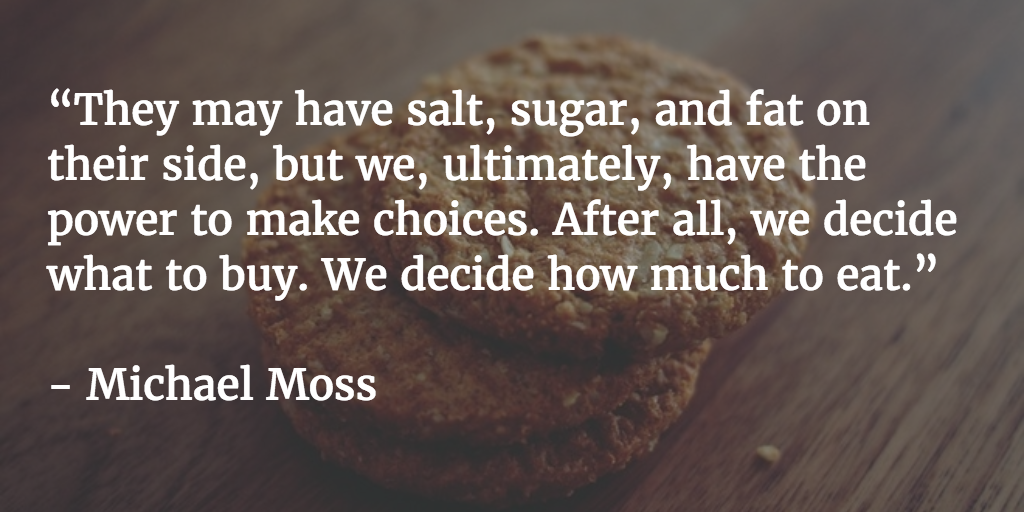
It is the process they’ve engineered that struck me as really stunning. The optimum amount of sugar in a product became known as the “bliss point.” Food inventors and scientists spend a huge amount of time formulating the perfect amount of sugar that will send us over the moon, and send products flying off the shelves.

One of the things that really surprised me was how concerted and targeted the effort is by food companies to hit the magical formulation. It’s pretty widely known that sugary cereals and Cheese Whiz are not good for you. I was also incredibly fortunate to come across thousands and thousands of pages of internal documents that shed huge light on the dark corners in the processed food industry and convinced some of the key executives to talk me. People really do love to talk about their work. When you really start meeting the people inside who work, there are few precious secrets. At the same time, I kind of discovered that food companies are in some ways are like hotels. They share so little of what they do with nosy reporters. In some ways the food companies are fortresses.

How does covering the food industry compare to your other investigative reporting projects? The average American eats 33 pounds of cheese and 70 pounds of sugar a year, and health experts say those trends triggered the obesity epidemic that has left millions at risk of heart disease, diabetes and other chronic health conditions.īased on his interviews with top industry executives from Kraft to Coca-Cola as well as leading food scientists, Moss discusses how we became so dependent on processed food. In his new book, “Salt Sugar Fat,” Pulitzer Prize winning investigative reporter Michael Moss takes readers on a tour of the $1 trillion processed food industry, and the sights aren’t pretty.


 0 kommentar(er)
0 kommentar(er)
